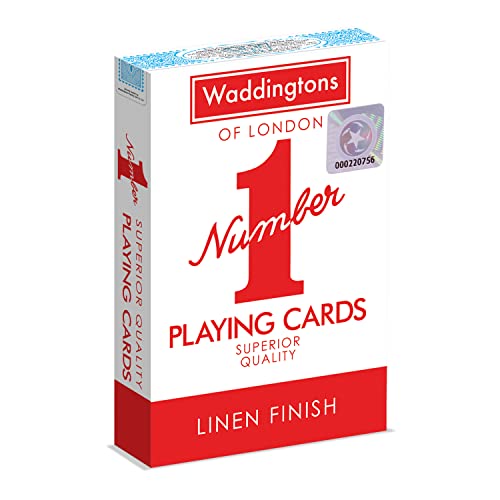A standard deck of playing cards is a common item found in homes and used for various games and entertainment purposes. It consists of a specific number of suits, each with its own unique symbols and colors. In this article, we will explore the number of suits in a standard deck of playing cards, their origins, and their significance in different card games.
The Number of Suits
A standard deck of playing cards typically consists of four suits. These suits are clubs, diamonds, hearts, and spades. Each suit has thirteen cards, making a total of fifty-two cards in a deck. The suits are often represented by distinct symbols: ♣ for clubs, ♦ for diamonds, ♥ for hearts, and ♠ for spades. The suits are usually colored black and red, with clubs and spades being the black suits, and diamonds and hearts being the red suits.
Origins and Symbolism of Suits
The origins of the four suits can be traced back to medieval Europe. The four suits are believed to have originated from the four classes of medieval society. Clubs represented the symbol of the peasants or farmers, and the shape of the club symbolizes a cloverleaf, representing agriculture. Diamonds symbolize the wealthy merchants, reflecting their association with precious gems and wealth. Hearts represent the clergy or church, symbolizing their commitment to love and compassion. Finally, spades represent the nobility or royal class, signifying their association with warfare and the military. The symbolism of suits can vary depending on the region and cultural context.
Suit Usage in Card Games
The four suits in a deck of playing cards are essential in various card games. Each suit has its own significance in terms of gameplay and strategy. Certain card games require players to follow suit, meaning they must play a card of the same suit as the leading card if they have one in their hand. This adds an element of strategy and decision-making to the game. The hierarchy of cards within each suit also plays a role in determining the winner of a trick or hand. For example, in most games, an Ace is the highest-ranking card in each suit, followed by King, Queen, Jack, and so on.
Additionally, some card games utilize specialized rules and mechanics associated with specific suits. For instance, the game of Bridge uses a bidding system based on the strength and distribution of the four suits, allowing players to communicate information about their hands to their partners. In contrast, games like Poker often focus more on the rank and value of individual cards rather than their suits. Different variations of popular card games may have unique rules or strategies related to suits.
A standard deck of playing cards consists of four suits – clubs, diamonds, hearts, and spades. These suits have their own unique symbols and colors, and each suit contains thirteen cards, resulting in a total of fifty-two cards in a deck. The four suits have a historical and symbolic significance, which can vary depending on cultural contexts. In card games, suits play a crucial role in determining gameplay, strategies, and rules. Whether it is following suit, considering the hierarchy of cards, or utilizing specialized suit mechanics, the suits are an integral part of the world of playing cards, providing endless entertainment and strategic possibilities.






